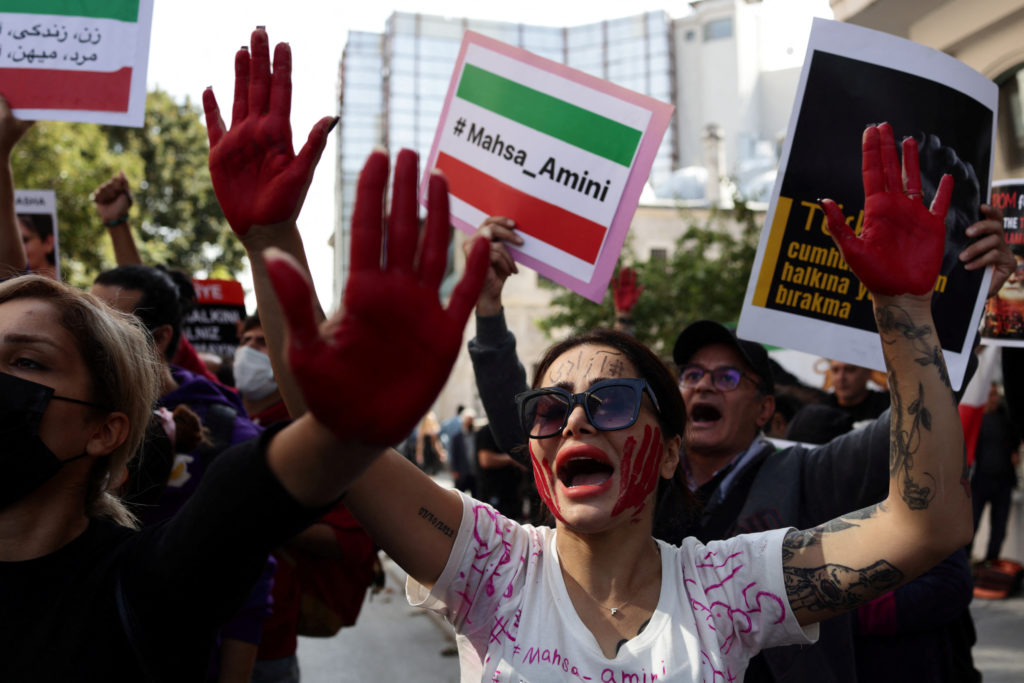An Iranian draft law that would set new penalties for women not wearing a headscarf in public has sparked heated debate within the Islamic republic’s leadership as more women flout the country’s strict dress code.
Since the aftermath of the Islamic revolution of 1979, women have been required to cover their hair and neck in public places, with offenders facing fines or prison terms of up to two months.
But a growing number are defying the law and appearing bareheaded in the streets.
But with many Iranians demanding change, in May the judiciary and the government proposed a “Support for the Culture of Hijab and Chastity” bill, to “protect society” and “strengthen family life.”
The text proposes increased fines for “any person removing their veil in public places or on the Internet” but withdraws the threat of a prison sentence.
“This bill reduces the removal of the hijab from a felony to a misdemeanor

, similar to a traffic violation but with heavier fines,” sociologist Abbas Abdi said.
Under the proposed law, the text of which has been published in government-affiliated media, offenders will first receive a warning text message from the police.
A second breach will incur fines of between five million and 60 million rials (around $10 to $120), a large sum for many Iranians. The law would also provide for other penalities, including the confiscation of a woman’s vehicle for up to 10 days.
Defending the bill, judiciary chief Gholamhossein Mohseni Ejei stressed the need to avoid polarizing society, saying he understood the “concerns of believers” supportive of the dress code.
As the bill awaits examination by lawmakers, it faces accusations of not being tough enough from ultra-conservatives, an influential bloc in the current parliament.
Relaxing punishments for violations will see “the expansion of a repugnant phenomenon” by “removing legal barriers” for women not wearing a veil, the ultra-conservative newspaper Kayhan said.
Those supporting the law “do not know that the enemy” seeks to “destroy the family as an institution and ultimately, to attack the foundations of the Islamic system” by removing headscarves, the newspaper said.
Social networks and foreign media, particularly television channels broadcasting in Persian, are calling for “social disobedience,” according to some ultra-conservatives.
Within Iran’s leadership “there is no consensus on the hijab,” as some favor repression, while others “believe that other means must be tried,” the sociologist Abdi said.
“The bill satisfies neither the supporters of compulsory hijab nor, of course, the supporters of the freedom to cover up or not.”
A similar situation developed in the 1990s with a law prohibiting the use of satellite dishes, he said.
“It was only implemented for a while before it was dropped.”
The trend accelerated during the nationwide protests sparked by the September death in custody of Mahsa Amini, a 22-year-old Iranian Kurdish woman arrested for allegedly violating the law.
The protests rocked Iran, provoking a crackdown by authorities that claimed the lives of hundreds of people, including dozens of security personnel, and saw thousands more arrested.



















+ There are no comments
Add yours